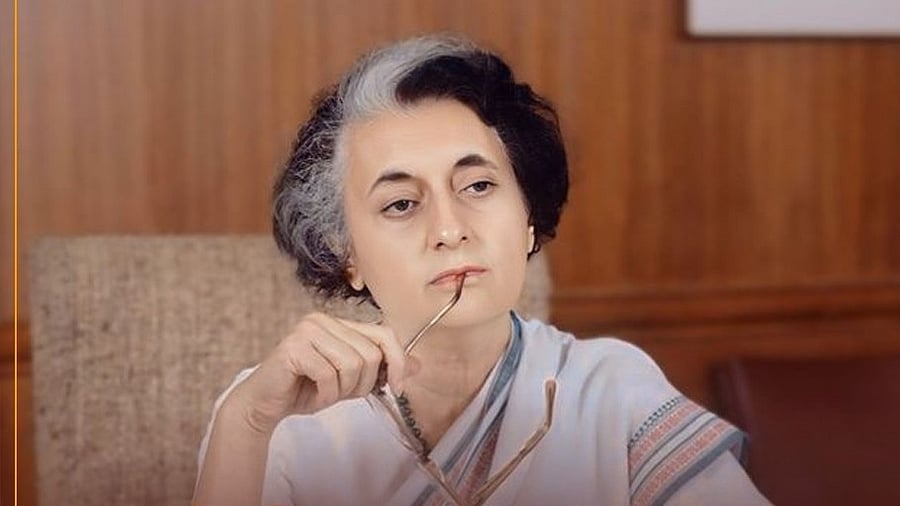
Former Prime Minister Indira Gandhi.
Credit: X/@IYC
It is 50 years since the then Prime Minister Indira Gandhi declared a national Emergency on June 25, 1975.
Citing threats to national security, Indira Gandhi invoked article 358 and 359 of the Constitution curbing freedom of expression, speech, assembly, and movement.
Drastic changes
India, a young democracy at the time, underwent changes in bureaucracy, policies and basic rights.
Civil liberties were suspended, opposition leaders jailed, the press gagged, and the Constitution was turned into a tool of absolute executive power.
On June 28, when the Indian Express daily resumed publication after two days, it issued a front-page apology for being out of print for two days. But what caught the eye of the nation was when it left its editorial blank, which was a riposte to Indira Gandhi's government decision to suppress the press.
The courts were stripped of independent authority as the government took control of the judicial framework.
The rights of activities and journalists were restricted as they were imprisoned under draconian laws like the Maintenance of Internal Security Act (MISA).
Opposition leaders like Morarji Desai and Jyoti Basu were arrested for their unreserved opinions, bans were slapped on groups ranging from politically left to extreme right.
To add to the already existing restrictions on fundamental rights, another controversy was the large-scale unconsented sterilization programmes which were enforced on people in order to control population.
Simultaneously under a “Beautification” initiative many settlements were demolished causing displacement. The poor were hit the hardest, their homes taken away and the economy against them.
The so-called "Beautification" programme was termed as an urban “Clean up” or “Cleansing” by critics. The Emergency is predominantly seen as a period of social restraint, but can also be seen as a time of efficiency and order.
Trains ran on time, strikes vanished, production rose, crime fell, and prices dropped bringing into the Indian society much needed stability.
